In just short of 10 years, bike share in the US has exploded to include 94 cities, with over 35 million trips taken. The clunky, public bicycles are being pedalled through the downtown streets of dense, urban centers, often by inexperienced riders and very frequently without helmets. And yet, in its entire history, not a single person has been killed using public share in the US. Not one.
Researchers at the Mineta Transportation Institute looked at data comparing bike share riders to regular bikers in Washington, DC, San Francisco, and Minneapolis. They found that, across the board, bike share riders were involved in fewer crashes than regular riders, and had lower injury rates. According to the report they published last month, the collision rate for bike share in Washington, DC, was a full 35 percent lower than for regular riders. Intrigued by these findings, they analyzed statistics, conducted interviews with experts in the field, and held focus groups to come up to try to determine the causes of this trend. They came up with was a few broad-stroke hypotheses:
1. Design Matters
Through all the expert interviews the MTI researchers conducted, the bike share bike design was frequently cited as a reason bike share could be safer. Bike share bikes are large and heavy, with wide tires, an upright seated position, and a gear ratio which limits their speed. Because of their design, bike share bikes discourage fast or agressive riding, and their tires make them more capable of cruising over potholes and cracks in the road – a common cause of bicyclist-only crashes. Most bike share bikes also have integrated lights and reflectors, increasing their rider’s visibility to motorists.
2. Location, location, location
Bike share kiosks are typically located in dense urban cores. While one might think the increased numbers of automobiles in these centers would increase the number of vehicle-bicycle crashes, experts believe the opposite is true. High numbers of pedestrians and other bicyclists mean drivers are more alert, and therefore less likely to hit other road users. “Additionally, these experts believed that when accidents did occur, they were less severe because of the lower roadway speeds in these urban areas,” the report notes.
3. Bike share riders are less experienced – which may be a good thing.
While one might assume less experienced riders would be involved in more crashes, experts believe the opposite is true. A few of the experts interviewed believe people newer to riding – who make up a higher proportion of bike share users than regular riders – tend to be more cautious, ride more defensively, and be more risk-averse. However, other experts believed the lack of familiarity with bicycle routes and traffic patterns could be contributing to rather than decreasing the rates of crashes. Most who believed the latter was true thought the defensive riding behavior compensated for their lack of familiarity with traffic patterns, and believed motorists were more forgiving of bike share riders.
4. Helmets aren’t really a factor
It’s a well-established fact that bike share riders wear helmets at much lower rates than private bicyclists. This could be due to any number of factors, including the casual nature of public bike share, the fact that many bike share users don’t own helmets, or the difficulty of distributing and maintaining public helmets. However, the lower rates of helmet usage doesn’t seem to have any impact on the comparative fatality rates of public bike share users and regular bicyclists.
“Of all the experts interviewed, only one stated that helmet usage should be mandatory for bikesharing users,” the report notes. “They said the health impacts of riding a bicycle outweighed the risks associated with a collision or head injury.” The authors do note, however, that there have been instances of serious non-fatal injury where the rider could have been helped by having a helmet on, a factor which led the one expert, a first responder, to support helmet laws.
5. The causes of crashes are the same for bike share and regular bikes
All of the experts interviewed believed the causes of crashes were more or less the same between modes. “Infrastructure ranked as the leading cause of crashes when only the cyclist was involved,” the report notes. “Experts believed potholes and poorly maintained roadways and trails were the most common causes of crashes involving only the cyclist and said these types of collisions are the least likely to be reported because a cyclist rarely files a report if it is only a single-party collision.” After infrastructure, the leading causes of bicycle-only crashes were believed to be alcohol, distraction or inattention, risky behavior such as speeding, or the weather.
For vehicle-bike crashes, distraction or inattention were believed to be the leading causes, although in the case of bike share, experts were split on who was more often at fault, the bike share user or the motorist.
6. The ‘Safety in Numbers’ theory didn’t check out
Many of the experts interviewed believed in the commonly-held assumption that there is a safety-in-numbers effect for urban biking. Basically, the more bicyclists and pedestrians on the road, the more drivers pay attention to them, and thus the rates of vehicle-bike-pedestrian crashes should go down. While all of the experts interviewed supported this hypothesis, the MTA researchers couldn’t find evidence in the data to support it. At present, the rates of collisions are pretty closely correlated with the numbers of bike share users on the road. However, this could be a growing pains period before we reach “peak collision” and the rates of crashes begin to fall.
The full report can be accessed here, and is worth a flip through if you have the time.
Editor’s note: I had originally written that the rates of helmet usage “doesn’t seem to have any impact on the rates of crashes” for bike share users. This was a careless sentence which conflated helmet usage with crash rates, when in fact no established connection exists between the two. It has since been amended.
Get your FREE copy of: Momentum Mag's Bike Lock Guide
In this guide, we share stats on bicycle theft, the best ways to lock your bike and which ways to avoid, types of locks to use, new technologies combating theft, a directory of brands and much more!
Thank you for your submission. Please check your inbox to download the guide!

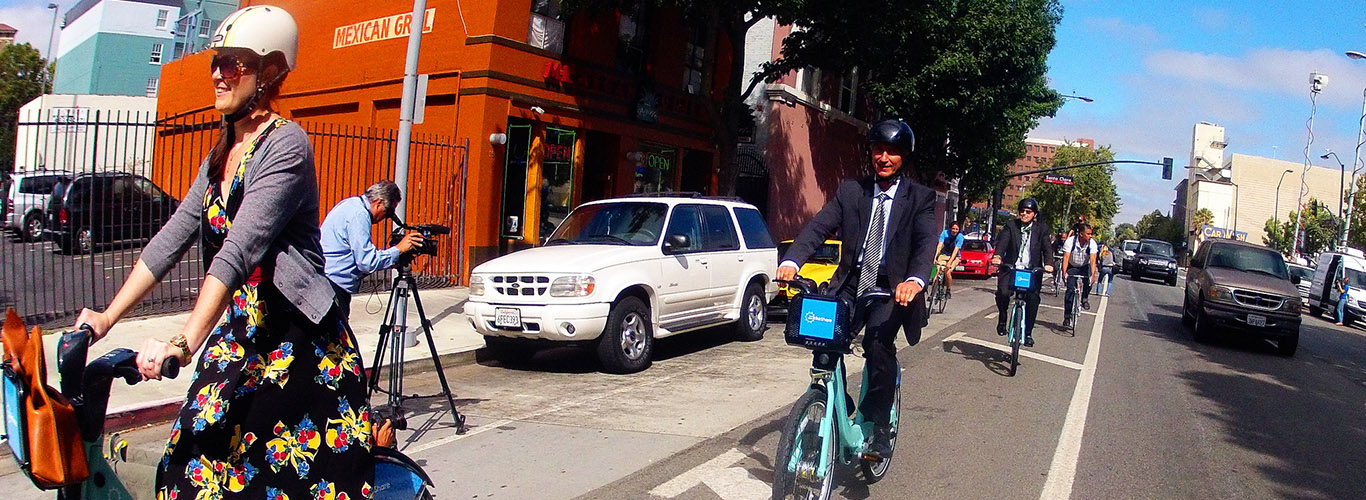
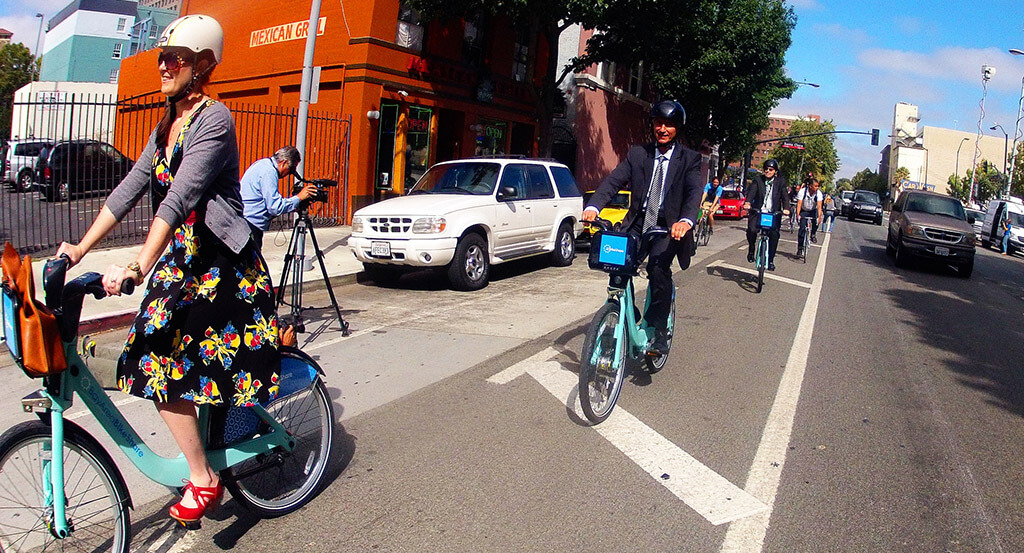
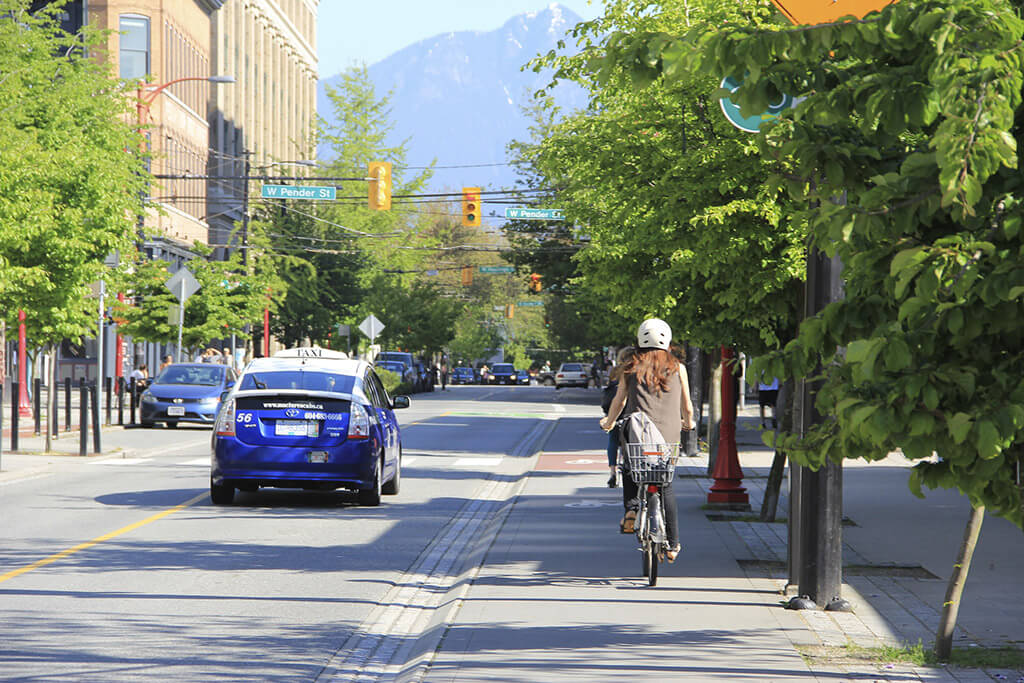
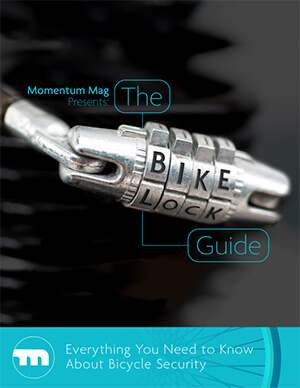

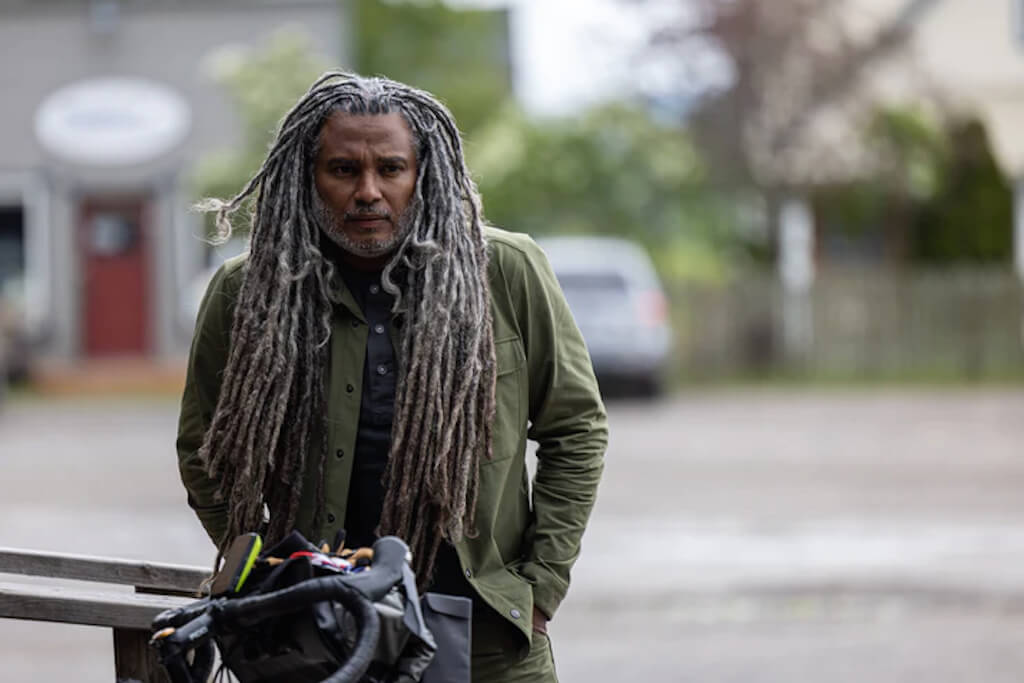
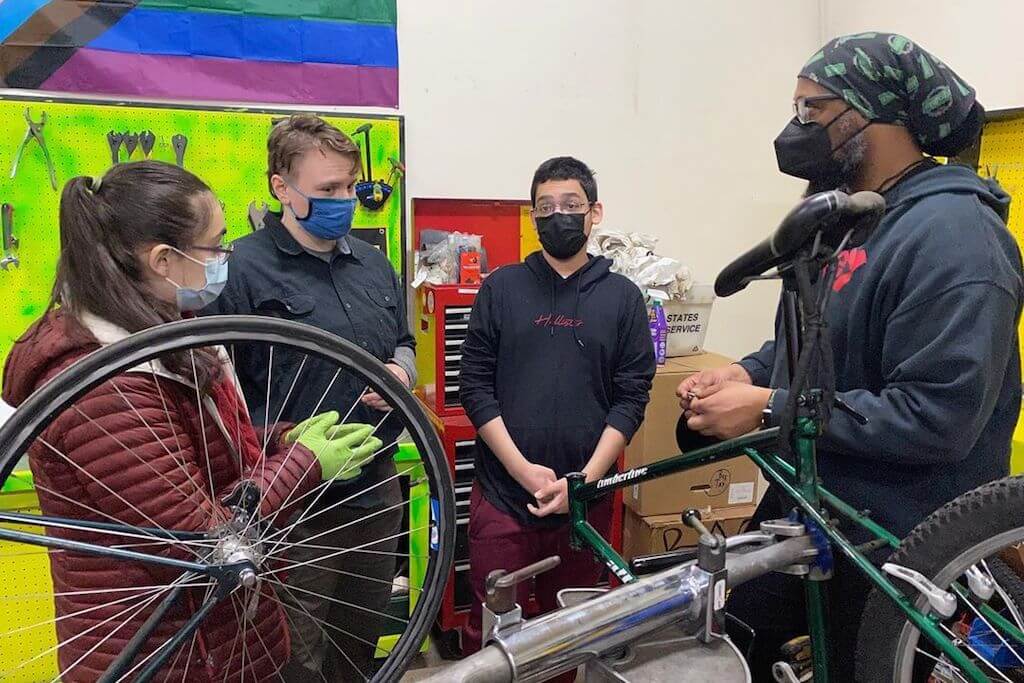


Vox appears to have brazenly plagiarized your article: http://www.vox.com/2016/4/3/11349856/bike-share-safety
The buried lede in this article: “… motorists were more forgiving of bike share riders.” I’ve been observing the presence and patterns of bike-share riders in my city for nearly a decade, and the most obvious hypothesis to this interesting question is: everybody who sees bike-share drivers gives them a tremendous amount of berth, because they frequently seem incapable of riding in a straight line or paying attention to other moving objects and people. I regularly see our much-used B-Cycles being pedaled at speeds above 20 mph, or mounted and sent out into oncoming trail or street traffic without checking to see if it’s clear. But they’re easily identifiable at a distance, and I believe cyclists, pedestrians, and motorists give them far more clearance when we see them.
It’s the same reason I stopped wearing a helmet and started deliberately incorporating “the safety swerve” in my rides through the city, to give motorists the impression that I’m less competent, and therefore less likely to be sideswiped.
Interesting article, Thank You. I wish I had time to read the whole report, but I have just skimmed it.
I didn’t see reference to the fact that (I see) bikeshare users riding on the sidewalks a lot, and therefore they may avoid a lot of risky on-road situations. I see a lot of bikeshare riders simply transferring onto the sidewalk in anything that might be considered an “uncomfortable” cycling environment, so that might contribute to a reduced accident rate. It is easy for them to do this because they are travelling slower than typical cyclists.
I consider the bikeshare users interviewed for this report to be experts, compared with the average user in Nashville, TN. The interviewed bikeshare users rode every week or more, whereas my impression in Nashville is that there are a lot of tourists on a on-off vacation. This means that they have fewer deadlines, are looking around and stopping often, and therefore speeds stay low and comfort takes precedence over getting anywhere in a hurry.
I agree with the finding that bikeshare riders often travel in groups, which are slow and easy for cars to see, as a possible factor reducing accident rates.
I’m still surprised that the frequent breaking of laws and unfamiliar surroundings do not contribute to more accidents. My impression as a bike commuter is that acting like a vehicle (i.e. predictable behavior that car drivers understand) and knowing exactly where to go on the road and what traffic will do next contribute greatly to my safety – but this report seems to suggest I am mistaken!
Bike share schemes have been a spectacular failure in Australia where helmets are mandatory.
You do a serious disservice to cyclists when you conflate “helmet use” and “likelihood of a crash.” Helmets don’t prevent crashes. No one has ever claimed that they do, and the evidence that not wearing a helmet makes cycling “safer” is decidedly sketchy. Helmets do reduce both the chances and severity of head and brain injuries in a crash, that is actually a fact. If you don’t mind taking the chance that (1) you might have a crash or several over a lifetime of cycling and (2) if and when you do, you might wind up with a disabling head injury that you could have avoided by wearing a helmet, then fine, don’t wear a helmet. There is a difference though between making a personal choice to accept risk and using your pulpit to convince others to do the same at seemingly every opportunity. Wearing a helmet can be cool and smart! See how easy that is? If it saves one life and one brain and one personality a year, I gotta be for it. It certainly has worked for me.
Good for you.
Helmet laws discourage cycling. The health benefits of even utilitarian cycling outweigh the risk of head injuries by a huge margin (I’m speaking of utilitarian cycling – road and mountain bike cycling are different, and most people do wear helmets for thos sport activities). Your repressive law would mean the premature death of far more people, due to the very serious impact of a sedentary lifestyle. This is also proven in several major studies.
Wear what you want, but don’t you dare tell me how to dress. I’ve already been cycling for well over 40 years. Often in a béret or tuque, here in Montréal. Remember that what you advocate is also sexist, as women are far more likely to experience serious problems about “grooming” at work if we show up with filthy matted hair.
Hi Matt,
Thanks for your comment. That was, indeed, a careless sentence and I apologize for conflating the two, I’ve updated it. As a personal stance, and as an editorial stance on behalf of Momentum Mag, I’m not in support of mandatory helmet laws. However, neither do I suggest that nobody should wear a helmet, nor do I advocate against their use – we are anti-helmet law, not anti-helmet. We try to present the research as it comes to us from a balanced perspective. In this case, I admit poor word choice, so thank you again for calling me out on it.
Best,
Hilary
Comments are closed.